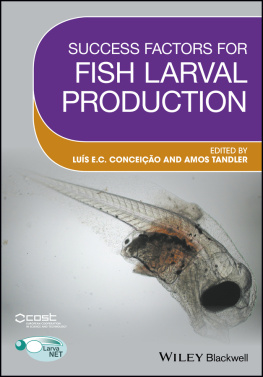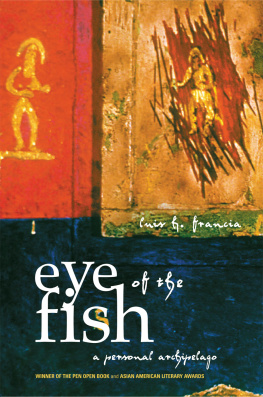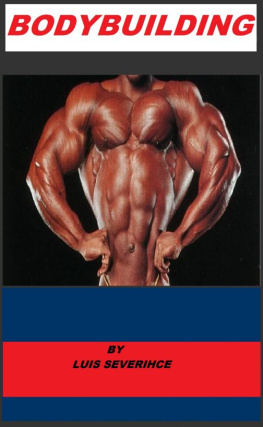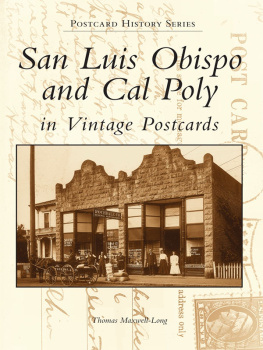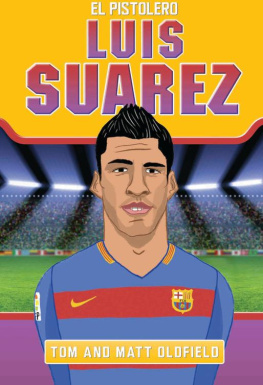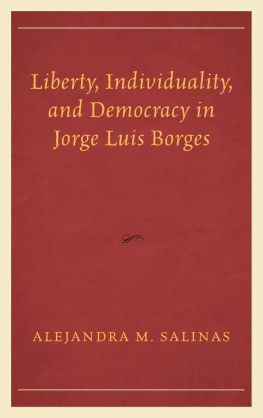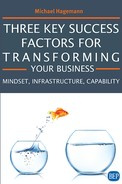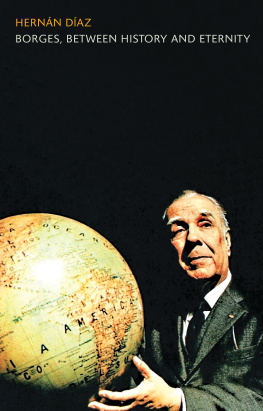

This publication is based on the work of COST Action FA0801, supported by COST (European Cooperation in Science and Technology).
COST (European Cooperation in Science and Technology) is a funding agency for research and innovation networks. Our Actions help connect research initiatives across Europe and enable scientists to grow their ideas by sharing them with their peers. This boosts their research, career and innovation. www.cost.eu
This edition first published 2018
2018 John Wiley & Sons Ltd
All rights reserved. No part of this publication may be reproduced, stored in a retrieval system, or transmitted, in any form or by any means, electronic, mechanical, photocopying, recording or otherwise, except as permitted by law. Advice on how to obtain permision to reuse material from this title is available at http://www.wiley.com/go/permissions.
The right of Lus E. C. Conceio and Amos Tandler to be identified as the authors of the editorial material in this work has been asserted in accordance with law.
Registered Offices
John Wiley & Sons, Inc., 111 River Street, Hoboken, NJ 07030, USA
John Wiley & Sons Ltd, The Atrium, Southern Gate, Chichester, West Sussex, PO19 8SQ, UK
Editorial Office
9600 Garsington Road, Oxford, OX4 2DQ, UK
For details of our global editorial offices, customer services, and more information about Wiley products visit us at www.wiley.com.
Wiley also publishes its books in a variety of electronic formats and by print-on-demand. Some content that appears in standard print versions of this book may not be available in other formats.
Limit of Liability/Disclaimer of Warranty
The contents of this work are intended to further general scientific research, understanding, and discussion only and are not intended and should not be relied upon as recommending or promoting scientific method, diagnosis, or treatment by physicians for any particular patient. The publisher and the authors make no representations or warranties with respect to the accuracy and completeness of the contents of this work and specifically disclaim all warranties, including without limitation any implied warranties of fitness for a particular purpose. In view of ongoing research, equipment modifications, changes in governmental regulations, and the constant flow of information relating to the use of medicines, equipment, and devices, the reader is urged to review and evaluate the information provided in the package insert or instructions for each medicine, equipment, or device for, among other things, any changes in the instructions or indication of usage and for added warnings and precautions. Readers should consult with a specialist where appropriate. The fact that an organization or website is referred to in this work as a citation and/or potential source of further information does not mean that the author or the publisher endorses the information the organization or website may provide or recommendations it may make. Further, readers should be aware that websites listed in this work may have changed or disappeared between when this works was written and when it is read. No warranty may be created or extended by any promotional statements for this work. Neither the publisher nor the author shall be liable for any damages arising herefrom.
Library of Congress Cataloging-in-Publication Data
Names: Conceio, Lus E. C., editor. | Tandler, Amos, editor.
Title: Success factors for fish larval production / edited by Luis Conceio and Amos Tandler.
Description: Hoboken, NJ : John Wiley & Sons, 2017. | Includes index. |
Identifiers: LCCN 2017016675 (print) | LCCN 2017035564 (ebook) | ISBN 9781119072140 (pdf) | ISBN 9781119072133 (epub) | ISBN 9781119072164 (cloth)
Subjects: LCSH: Fishes-Larvae.
Classification: LCC QL639.25 (ebook) | LCC QL639.25 .S83 2017 (print) | DDC 333.95/6-dc23
LC record available at https://lccn.loc.gov/2017016675
Cover Design: Wiley
Cover Image: Courtesy of Nurit Gordon, Israel
List of Contributors
- Gordon Bell
- Institute of Aquaculture, University of Stirling, Stirling, Scotland
- ivind Bergh
- Institute of Marine Research, Bergen, Norway
- Julien Bobe
- INRA, UR1037 Fish Physiology and Genomics, Rennes, France
- Clara Boglione
- Laboratory of Experimental Ecology and Aquaculture, Department of Biology, University of Rome Tor Vergata, Rome, Italy
- Nico Boon
- Laboratory of Microbial Ecology and Technology (LabMET), Ghent University, Ghent, Belgium
- Peter Bossier
- Laboratory of Aquaculture & Artemia Reference Center, Ghent University, Ghent, Belgium
- Elsa Cabrita
- CCMAR, Centre of Marine Sciences, University of the Algarve, Campus de Gambelas, Faro, Portugal
- Manuel Carrillo
- Institute of Aquaculture of Torre de la Sal, Castellon, Spain
- Lus E. C. Conceio
- SPAROS Lda, Olho, Portugal
- Andrew Davie
- Institute of Aquaculture, University of Stirling, Stirling, Scotland
- Tom Defoirdt
Laboratory of Aquaculture & Artemia Reference Center, Ghent University, Ghent, Belgium
and
Laboratory of Microbial Ecology and Technology (LabMET), Ghent University, Ghent, Belgium
- Peter de Schryver
Laboratory of Aquaculture & Artemia Reference Center, Ghent University, Ghent, Belgium
and
Laboratory of Microbial Ecology and Technology (LabMET), Ghent University, Ghent, Belgium
- Kristof Dierckens
- Laboratory of Aquaculture & Artemia Reference Center, Ghent University, Ghent, Belgium
- Sofia Engrola
- CCMAR, Centre of Marine Sciences, University of the Algarve, Campus de Gambelas, Faro, Portugal
- Jorge M.O. Fernandes
- Faculty of Biosciences and Aquaculture, University of Nordland, Bod, Norway
- Ignacio Fernandez
- CCMAR, Centre of Marine Sciences, University of the Algarve, Campus de Gambelas, Faro, Portugal
- Stphanie Fontagn
- INRA, Saint Pe-sur-Nivelle, France
- Jorge Galindo-Villegas
- Department of Cell Biology and Histology, University of Murcia, Murcia, Spain
- Franois-Joel Gatesoupe
- INRA, UR 1067, Nutrition, Metabolism, Aquaculture, Ifremer, Centre de Brest, Brest, France
- Paulo Gavaia
- University of Algarve, CCMAR, Faro, Portugal
- Audrey J. Geffen
- Department of Biology, University of Bergen, Bergen, Norway
- Enric Gisbert
- IRTA-SCR, Crta, Sant Carles de la Rapita, Spain
- Kristin Hamre
- National Institute of Nutrition and Seafood Research (NIFES), Bergen, Norway
- Maria Paz Herrez
- Department of Molecular Biology, Faculty of Biology, University of Leon, Leon, Spain
- Marisol Izquierdo
- Grupo de Investigacin en Acuicultura, ULPGC & ICCM, Telde, Canary Islands, Spain
- Ian A. Johnston
- Scottish Oceans Institute, University of St Andrews, St Andrews, UK
- George Koumoundouros
- Biology Department, University of Crete, Heraklio, Crete, Greece
Next page
